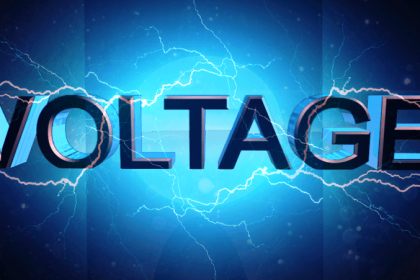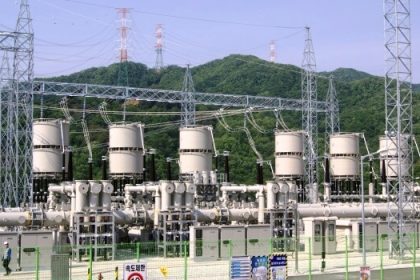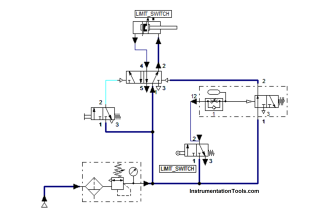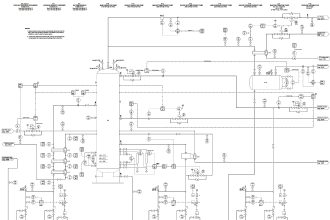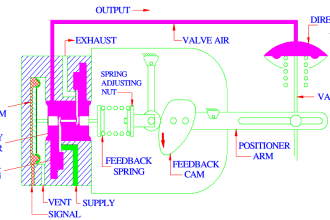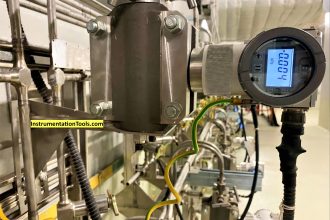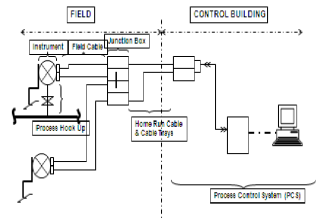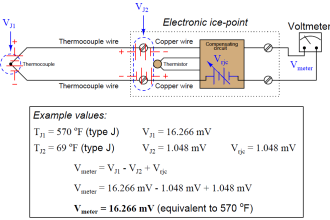Ferroresonance:
Ferroresonance phenomenon can be triggered off through interaction of the system capacitance with a non-linear inductance, when transformer is at no-load. This oscillatory phenomenon or resonance phenomenon result in over-voltages which can damage the cable and the power transformer. Series ferroresonance is dangerous to power transformer
Ferroresonance can occur when:
- The power transformer is on no-load (even an active load which can be less than one tenth of the rated power can be sufficient to prevent the phenomenon of ferroresonance to occur by absorbing the energy).
- A large capacitance exists in line or the cable connected to at least one terminal of the transformer while the other terminals remain at normal potential
- An unbalanced situation is created by a single phase trip out, a break in the conductor or blowing of one or two fuses
Methods to Prevent Ferroresoance:
- Ferroresonance can be reduced by reducing the length between the transformer terminals and the section circuit-breaker or fuses
- Avoid non simultaneous switching of power transformer
- Earth the neutral point directly or through a resistor limiting the single phase fault current


